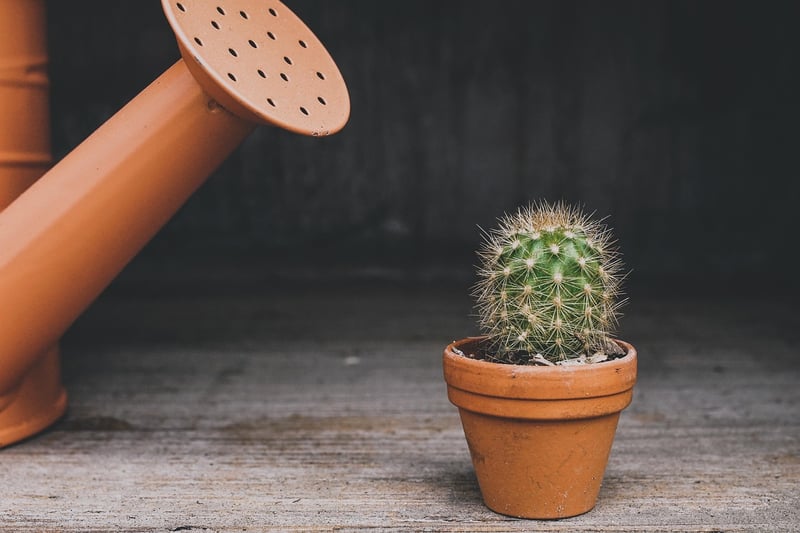Watering Schedule
Keeping Your Garden Healthy: Watering Schedule
Welcome to our guide on how to keep your garden healthy with a proper watering schedule. Water is essential for the growth and vitality of your plants, and knowing when and how much to water can make a significant difference in your garden's health. Read on to learn more about creating a watering schedule that will keep your plants thriving!
Why Watering Matters
Water is a fundamental component for plant growth. It helps plants absorb nutrients from the soil, supports photosynthesis, and maintains turgidity in plant cells. Proper watering ensures that your plants stay healthy, resist diseases, and produce beautiful blooms or bountiful harvests.
Creating a Watering Schedule
Establishing a watering schedule tailored to your specific garden is crucial. Factors such as plant type, soil type, weather conditions, and seasonality all play a role in determining how often and how much you should water your plants. Here are some general tips to help you create an effective watering schedule:
- Water in the early morning or late afternoon to reduce evaporation loss.
- Check the soil moisture regularly by inserting your finger into the soil. Water when the top inch feels dry.
- Water deeply and less frequently to encourage deep root growth.
- Adjust your watering schedule based on weather conditions. Plants need more water during hot, dry periods.
- Use mulch around plants to retain moisture and reduce water evaporation.
Sample Watering Schedule
While each garden's watering needs may vary, here is a sample watering schedule that you can adapt based on your specific conditions:

Monday:
Water your garden beds and flower borders deeply in the morning.
Wednesday:
Check the soil moisture in your vegetable garden and water as needed.
Friday:
Give your potted plants a thorough watering in the evening.
Conclusion
By following a well-planned watering schedule and monitoring your plants' moisture needs, you can ensure a healthy and thriving garden throughout the season. Remember that consistency is key, and adjustments may be necessary based on changing environmental conditions. Happy gardening!
